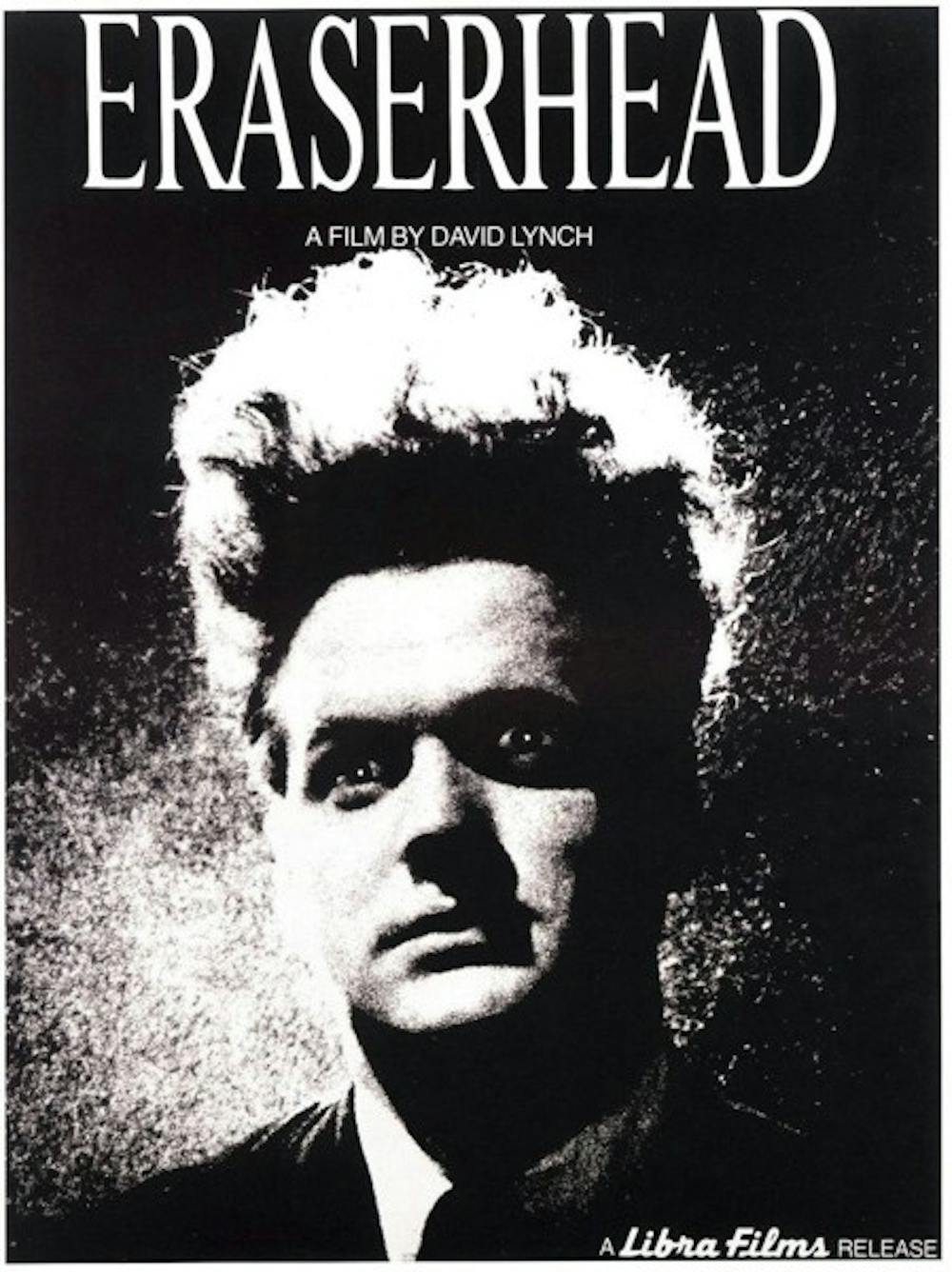I went into this weekend thinking, “Well, at least no movie I watch will be weirder than ‘Labyrinth.’”
I have never been so wrong in my entire life.
Wikipedia bills David Lynch’s 1977 debut, “Eraserhead,” as a “surrealist body horror film.” This alone should have alerted me to the film’s eccentricities, but I just shrugged it off, again concluding that nothing is weirder than David Bowie playing a goblin king.
Find out what all these "Labyrinth" references mean here!
By this point in the blog series, I have repeated the following sentiment almost every week, which has forced me to believe that nothing I say has any credence anymore, but here it goes: “Eraserhead” is easily one of the most disturbing, horrifying films I have ever seen. That being said, I am absolutely obsessed and in love with it.
The film begins with the strangest interpretation of human conception I’ve ever witnessed. While The Man in the Planet (Jack Fisk), a character representing main character Henry Spencer’s mind, operates his gears, Henry opens his mouth to let out a strange sperm/snake hybrid.
This sperm/snake thing floats next to his body before falling in to a puddle, meant to represent Henry’s partner, Mary’s (Charlotte Stewart), womb. All of this, however, is not clear until you learn that Mary has had a child. Before this, that opening scene is incomprehensible and chaotic. The Man in the Planet is seen throughout the film, usually wrestling against the broken gears that are causing Henry’s mental instability.
Of course, I must discuss the “mutant” baby. Henry and Mary’s deformed child seems to be a result of a bombed out post-apocalyptic world. From the mounds of dirt and ash that Henry travels through on his way home, to the photo of a mushroom cloud poised over his radiator, it seems as if some man-made disaster has occurred — perhaps one that could result in radiation, a common cause of birth defects. If this is the case, humanity had a hand in creating the poor child who is seen only as a burden and monster.
Another viable interpretation could be that the child represents the punishment for engaging in pre-marital sex. Mary’s mother (Jeanne Bates) is angry with Henry and her daughter when she learns of the child, so she attacks Henry and reprimands him for sleeping with her daughter. This would make sense among all of the other sexual undertones in the film because intimacy is represented in an odd, detracting way throughout. Mary’s mother nestles Henry’s neck as she is pressing him to tell the truth of his relations with Mary. The Beautiful Girl Across the Hall (Judith Roberts) stares blankly at Henry as she enters his apartment and sleeps with him. The two slip into the bed as it becomes a strange liquid portal into Henry’s mind. Sex never seems to yield anything good or enjoyable.
It is also impossible to disregard the sound in the film. There is a constant humming in the background. This noise becomes heavier and shrill at times, particularly during the most alarming scenes, like when Henry begins pulling snake-like fetuses out of his bed, or when he cuts the wrapping around his child. The child's crying is also a recurring sound, always reminding Henry of its presence and never allowing him to leave the child.
“Eraserhead” is a film full of terrifying mystery. We can assume the meanings of the plot, but not by what is strictly presented on the screen. Since its release 37 years ago, David Lynch has revealed little about the intentions of the film, expressing that he would like viewers to decide exactly what it means to them.
Reach the reporter at wruof@asu.edu or follow him on Twitter @willruof.
Like The State Press on Facebook and follow @statepress on Twitter.





